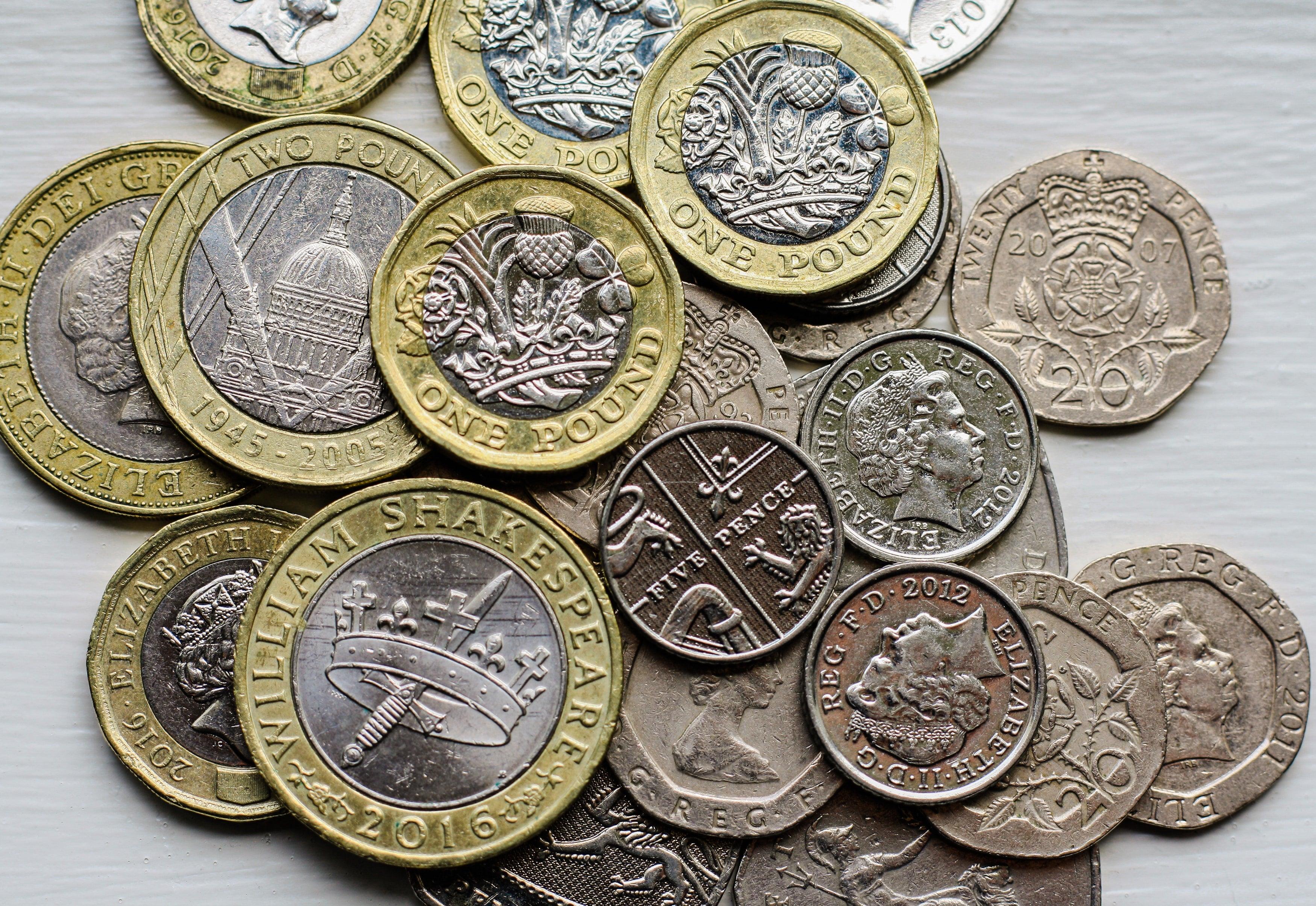Have you ever wondered what metals are used to make UK coins? In this blog post, we will explore the different metals that are used in the production of UK coins and why they are chosen. Let's dive in!
What is the Composition of UK Coins?
UK coins are made using a combination of different metals, each with its own unique properties. The composition of UK coins has evolved over time, and currently, there are three main metals used:
1. Copper-Plated Steel
One of the most common metals used in UK coins is copper-plated steel. This combination offers durability and resistance to wear and tear. The steel core provides strength, while the copper plating gives the coins their distinctive appearance. Copper-plated steel is commonly used for the smaller denominations, such as the 1p and 2p coins.
2. Nickel-Plated Steel
For the larger denominations, such as the 5p, 10p, 20p, and 50p coins, nickel-plated steel is used. This combination provides a good balance between durability and cost-effectiveness. Nickel-plated steel coins have a silver appearance and are easily distinguishable from the smaller denominations.
3. Nickel-Brass
The £1 coin is made from a metal called nickel-brass. This alloy consists of 70% copper, 24.5% zinc, and 5.5% nickel. Nickel-brass offers a golden color and is highly resistant to corrosion. The £1 coin has a unique twelve-sided shape, making it easily recognizable.
Why are These Metals Chosen?
The choice of metals for UK coins is based on several factors. Durability is a key consideration, as coins are subjected to frequent handling and need to withstand wear and tear. The selected metals offer the necessary strength and resistance to ensure the longevity of the coins.
Another important factor is cost-effectiveness. The chosen metals strike a balance between durability and production costs, allowing the coins to be manufactured efficiently while maintaining their quality.
Furthermore, the distinctive appearance of each coin is also taken into account. The different metals and their unique properties contribute to the visual identification of the coins, making it easier for people to recognize and use them in daily transactions.
In Conclusion
UK coins are made from a combination of metals, including copper-plated steel, nickel-plated steel, and nickel-brass. These metals are chosen for their durability, cost-effectiveness, and distinctive appearance. The composition of UK coins has evolved over time to meet the needs of a modern economy. Next time you hold a UK coin in your hand, take a moment to appreciate the careful selection of metals that went into its production.

